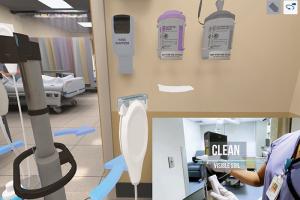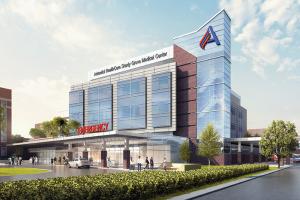How to optimize BIM for post-occupancy
Integrating building information modeling (BIM) in a post-occupancy situation is not about technology, but the process. Careful examination of situations in which integrations have not met expectation reveals that the discussion and integration typically became too focused on technology and data interchanges without a clear definition of the intended goals.
Also in this article |
| Three areas that can benefit from BIM |
|
|
However, there are three questions that can be used to prevent this from happening:
Question 1: Who will use the data?
The best way to define what data a facility needs is by talking to the people about what data will support their day-to-day tasks. Facilities professionals must find out their roles and responsibilities, why they need the data, how they use the data, and what systems and tools they use to do their job.
But facilities professionals should keep in mind that many of these employees may have little or no exposure to BIM, so some initial level of BIM education may be required. By taking the time to talk with people who ultimately will consume the data from the building models, facilities professionals can understand the problem better and take the first step toward defining the solution.
Question 2: What data are needed and how will they be collected?
When data are easily accessible, people can do their jobs more efficiently, but only if they have the right data. Once facilities professionals understand the roles and needs of the people who are going to use the data, they can work with them to uncover the data that they need — from make, model and serial numbers of assets to square footage and finishes for space.
Asking what data are needed helps facilities professionals to think about their facilities and building models as “as-maintained” instead of “as-built.” Since the models and data required to construct a building are complicated, the complexity of building models and data requirements typically shrink when moving from construction to commissioning, handover, and operations and maintenance. During one recent project, the team had captured 34 pieces of data for a specific piece of equipment during design and construction. When the maintenance manager for that piece of equipment was interviewed, he only wanted eight.
After deciding what data are needed, how will they be captured? There are multiple stakeholders involved in the delivery of a facility that add or capture data when they are available. Therefore, facilities professionals need a plan that can address when the data are available, who the best stakeholder is to capture the data, and how they are moved downstream. By doing so, health facilities professionals create work processes that can capture data for transfer into the facilities systems even before the building is occupied.
Question 3: How will the data be maintained?
The delivery of incorrect or out-of-date information will risk the perceived integrity of the entire system. So this last question might be the most important, as it can help to ensure the integrity of a solution and instill confidence in the data. Simply put, if a facilities professional can’t answer this question, he or she should go back and start over again.
These three important questions will form the basis of a BIM project plan, the model development specification and handover requirements, data collection and transfer formats, system integration efforts and the data maintenance plan.




